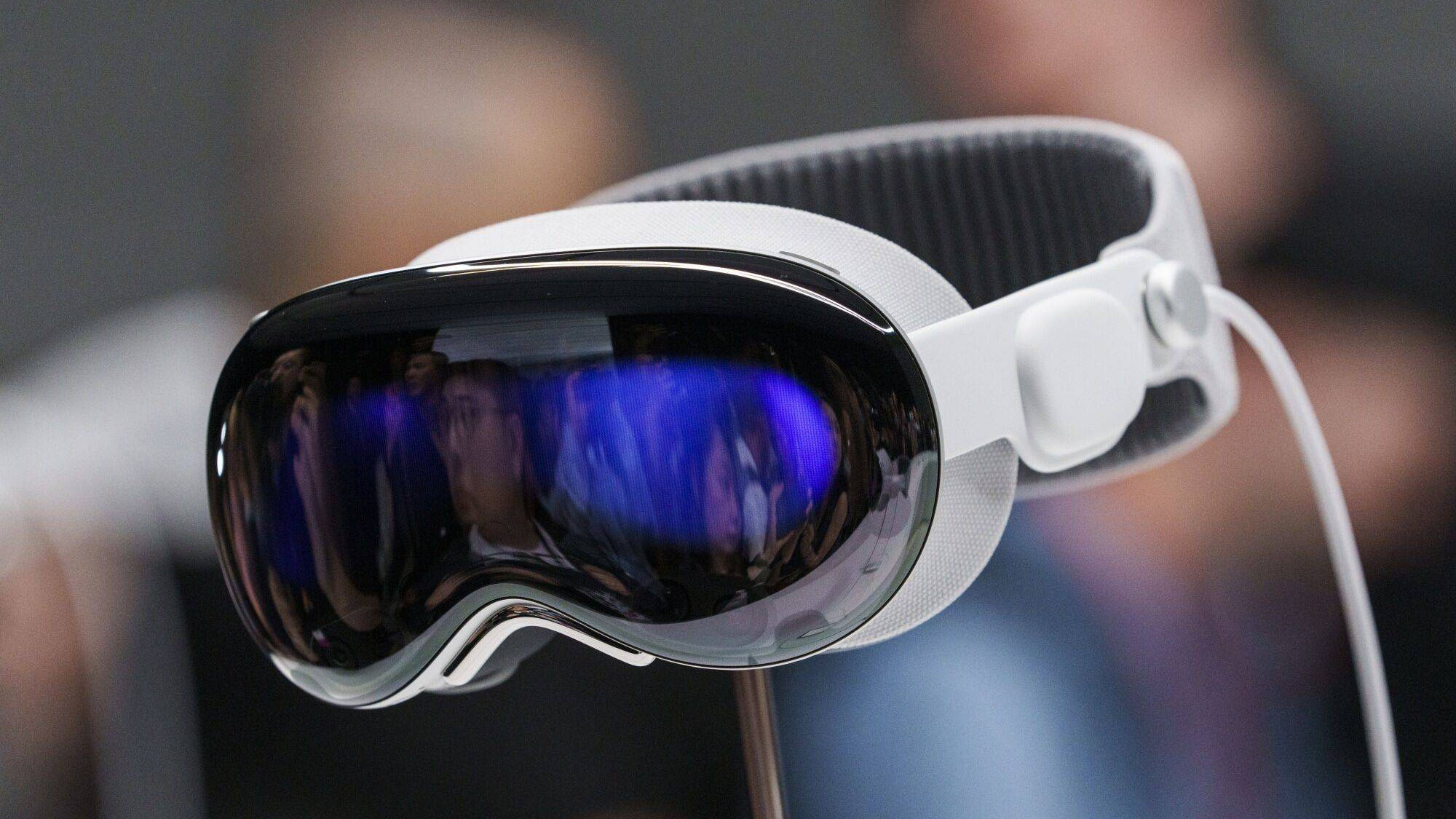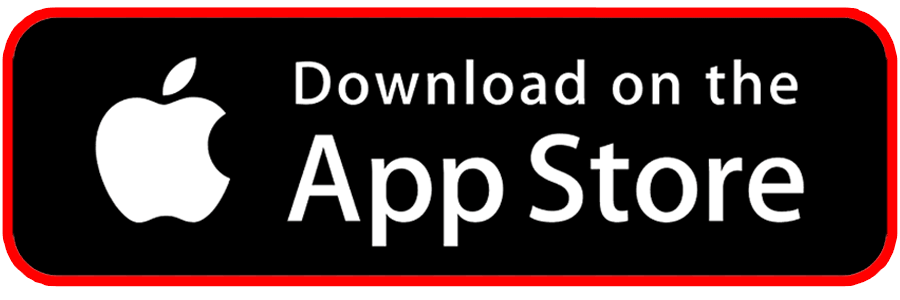WWDC has traditionally been the venue where Apple unveils new software and supports developers. However, this year, the spotlight is on the new Vision Pro glasses as the centerpiece of the event.
Starting from 1987, WWDC has been an annual Apple event designed to introduce new software solutions and support developers. The program for 2023 is one of the largest organized events, featuring a range of hardware products that will have a significant impact on Apple’s development. Instead of the September event, this year’s WWDC plays a crucial role as the platform for introducing a completely new business sector.
Since 2017, with the iPhone X model, Apple has revived the phrase “One more thing” to unveil new products. This time, the device is the Vision Pro, Apple’s first smart glasses.
The company’s smart glasses have great potential, opening up new applications for the future.
“The vision” for Apple’s future
In terms of design, the Vision Pro looks sleeker than the virtual reality (VR) glasses currently on the market. Apple states that they have conducted research on the head shapes of thousands of people to find the most comfortable and suitable wearing structure for the majority. The super-sharp internal display has more pixels per eye than a 4K TV. Zeiss is responsible for producing the two lenses for the device.
Internally, Apple uses a special mechanism to automatically adjust the position to fit the user’s eyes.
Externally, the product is equipped with a range of sensors, cameras, microphones to capture signals. The company also uses dual chips, M2 and R1, to process input data and output content. Apple states that the Vision Pro glasses incorporate over 5,000 newly applied design patents. This is a high-tech device that requires extensive technical expertise and a long development time.
Based on Apple’s demonstrations, the smart glasses offer various interactive and new experiential solutions. Apple has also addressed many limitations of existing AR/VR glasses as limited control devices. Users can interact with the device through eye gaze, voice commands, hand gestures, or familiar input methods such as mouse and keyboard. Vision Pro performs well with both direct power connection and removable battery, providing up to 2 hours of usage.

VisionOS is the operating system for the smart glasses, with a programming toolkit built around 3D interaction. Currently, most default iPhone apps have versions available on the glasses. Some modeling or communication apps will also be supported upon the product’s release.
Apple has also provided solutions for real-life interaction issues when wearing glasses or reproducing the user’s face during video calls. Bob Iger, CEO of Disney, appeared at the launch event, showcasing a short film that demonstrates the entertainment possibilities with Apple’s glasses.
The starting price for the product is $3,500, with an official release scheduled for early 2024.
Complete Transition to M
Chip Apple’s transition to Apple Silicon chips for computers has been one of the company’s biggest successes in recent years. The company’s representatives state that it is the best-selling computer line in the world. Apple continues to leverage the new range of processors with the introduction of the 15-inch MacBook Air model. The product fills the company’s laptop lineup, from the 13-inch Air M1 to the 16-inch Pro.
Apple claims this is the thinnest 15-inch laptop in the world, measuring only 1.2 cm thick and weighing less than 1.5 kg. The product offers an 18-hour battery life, runs on the basic M2 chip, and has an actual screen size of 15.3 inches with a notch containing a 1080-pixel camera. The device’s options can be expanded up to 24 GB of RAM and 2 TB of SSD storage.
Mac Studio has also been updated with new configurations featuring the all-new M2 Max and M2 Ultra chips. This is a significant upgrade that improves performance for professional tasks.

Apple states that the performance of the M2 Max surpasses the last Intel iMac by 6 times. The AI processing unit is also 40% faster. This desktop machine can reach a maximum of 24 CPU cores and 76 GPU cores. Apple offers the highest-end option with 192 GB of RAM and an 8 TB SSD. Other aspects of the device remain unchanged.
Mac Pro has also made its official comeback, although there were not many rumors about it beforehand. This is Apple’s final computer to transition to using M chips. As a result, there are no more Mac devices running on Intel processors within the Apple lineup.
The product’s external appearance remains unchanged. Internally, the processing unit is replaced with the M2 Ultra chip. Apple directly integrates 7 Afterburner cards into the machine, which were previously optional add-ons, to support video rendering. The device also retains a range of expansion slots for users to purchase additional accessories to meet their work requirements.
Important Software Updates
Apple has also revamped its software lineup, starting with iOS 17. In the new version, the call waiting screen can be deeply customized, similar to the lock screen in iOS 16. The messaging feature supports transcription when users are busy. iMessage has added more features, including expanded emoji options and message replies. These features have long been available in competitor apps.
One of the most exciting upgrades in iOS 17 is Name Drop, a simple way to share contact information. The mechanism of this tool is similar to data cards read via NFC. However, instead of proximity-based protocol, users only need to place their iPhones close to each other for automatic data transfer.
Furthermore, Apple has provided a solution for using the iPhone while charging. Specifically, the device can function as a smart display when rotated horizontally while charging. Apple demonstrated this feature on a rotating MagSafe dock. The tool can display images, control smart homes, and more.
iPadOS 17 features a refreshed Widget, allowing for direct and functional interactions. The external screen, similar to the iPhone, will also be available on Apple tablets. Additionally, a significant update is made to the Notes app, enhancing its compatibility with PDF files and enabling quick synchronization across multiple devices.
Mac OS this year will be named Sonoma, with updated dynamic wallpaper and widget systems similar to the iPad and iPhone. Moreover, Apple has also enhanced the gaming capabilities of the device.
Mac computers running on M chips already have high scores and graphics capabilities. However, users find it difficult to utilize the devices for gaming due to the limited number of available games. With Mac OS Sonoma, Apple will add a Gaming Mode to optimize hardware for gaming.
Additionally, Apple has created a tool to help developers port games from other programming languages and libraries to Metal. Hideo Kojima, the creator of the Metal Gear Solid series, appeared in the introduction video to share insights into the potential of the graphics library and performance on macOS. Moreover, Death Stranding will be the next AAA game to be available on Apple computers.
Audio and smart home products have also received minor updates, such as adaptive noise cancellation for AirPods based on environmental conditions, the ability to connect HomePod speakers to hotels, and music sharing through CarPlay. FaceTime will also be available on Apple TV, allowing integration with iPhones as a webcam.
WatchOS officially reaches version 10. In this software update, the Apple Watch can use widgets more quickly through the Digital Crown. Two new watch faces will also be introduced. Additionally, the Apple Watch Ultra has an upgraded keyboard and SOS mode. When in areas with weak signal, the watch will guide users to the nearest transmitter with the best signal.
 Skip to content
Skip to content








